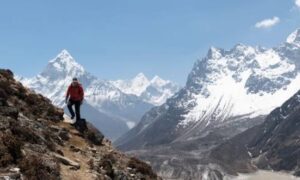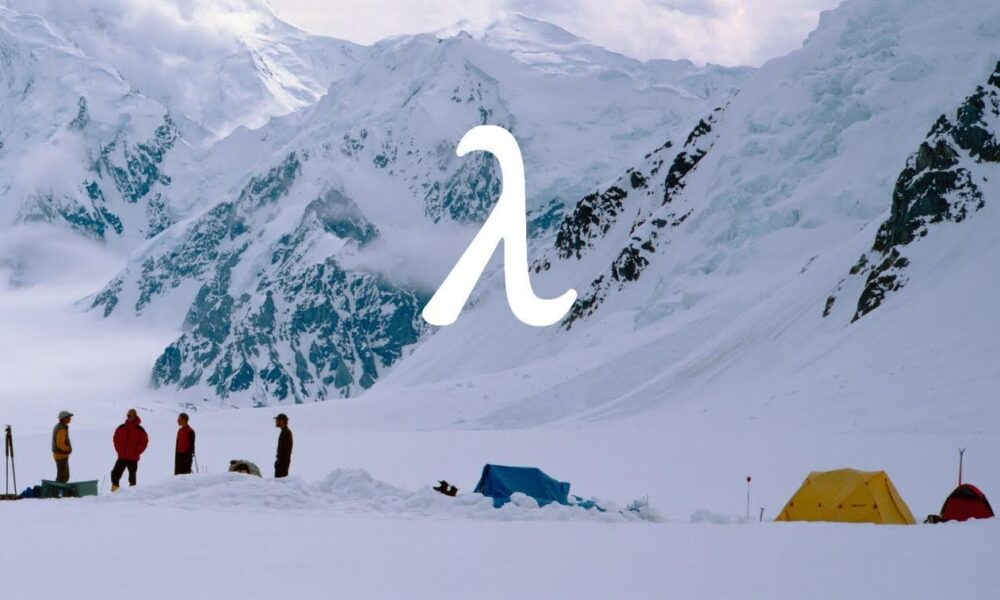Understanding the Landscape
The Himalayas are known for their breathtaking landscapes, ranging from towering peaks to serene valleys. Understanding the unique features of this terrain is essential for capturing stunning photos. Take the time to scout various locations, considering how the light interacts with the mountains at different times of the day. This exploration not only helps you identify the best vantage points but also allows you to appreciate the diverse beauty of the region.
When trekking, such as on the Manaslu Larke Pass Trek, keep an eye out for unique natural elements that can enhance your compositions. Streams, rock formations, and wildflowers can add depth to your images, making the landscapes even more captivating.
Timing and Lighting
Timing is crucial when it comes to photography, especially in the Himalayas. The golden hours—early morning and late afternoon—offer soft, warm light that enhances colors and adds a magical quality to your images. Plan your treks around these times to take full advantage of the natural light.
Weather conditions also play a significant role in your photos. Cloudy or misty days can create a moody atmosphere, while clear skies provide vibrant blue backdrops. Be prepared to adapt your photography plans based on the weather, as this can lead to unexpected and beautiful results.
Choosing the Right Equipment
Selecting the right camera gear can make a difference in your photography experience. A lightweight camera that is easy to carry on treks is ideal. Additionally, consider using a versatile lens that allows for both wide-angle shots of landscapes and closer portraits of local culture.
Accessories such as a tripod can be beneficial for long exposure shots, particularly in low light. Protecting your equipment from the elements is also important, so invest in weather-resistant gear or protective covers to ensure your camera remains safe during your adventures.
Composition Techniques
Applying basic composition techniques can greatly enhance your photos. Familiarize yourself with concepts like the rule of thirds, which can help you create balanced and engaging images. Look for leading lines, such as paths or rivers, that draw the viewer’s eye into the scene, adding depth to your photographs.
Framing your subjects using natural elements like trees or rock formations can also create more visually interesting compositions. By experimenting with different angles and perspectives, you can capture the beauty of the Himalayas in unique ways.
Capturing Cultural Elements
While the natural landscape is stunning, don’t forget to photograph the rich cultural elements of the Himalayas. Opportunities to capture local culture and traditions abound in the villages you encounter. Engaging respectfully with your subjects is essential; ask for permission before taking portraits and take the time to learn about their way of life.
Documenting daily activities, festivals, or traditional clothing can add depth to your photography portfolio. These images can tell powerful stories that complement your landscape shots, showcasing the vibrant culture that thrives in this region.
Post-Processing Tips
Post-processing can elevate your photos from good to great. Basic editing techniques such as adjusting brightness, contrast, and saturation can enhance the overall quality of your images. Familiarize yourself with software like Lightroom or Photoshop, which offer user-friendly tools for beginners.
Keep edits subtle to maintain the natural beauty of the Himalayas. A little enhancement can go a long way in highlighting the colors and details of your photographs without altering the authenticity of the scene.
Conclusion
In conclusion, capturing stunning photos in the Himalayas involves understanding the landscape, timing your shots, and using the right equipment. By employing thoughtful composition techniques and engaging with local culture, you can create a diverse and captivating photography portfolio. Whether you are trekking on the Manaslu Larke Pass Trek or exploring other parts of this magnificent region, remember to enjoy the journey and practice your skills along the way. Each photo you take is a reflection of the incredible experiences waiting to be discovered in the Himalayas.































